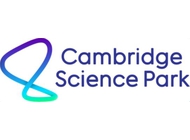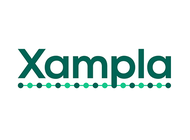Cambridge Consultants helps take world’s largest telescope out of the lab
- Date 9 Jul 2012
Science and volume manufacturing expertise combined to design antenna for Square Kilometre Array
The antennas for the Square Kilometre Array (SKA) have to be easy to assemble in the field and be able to withstand up to 50 years of use, potentially in harsh desert conditions. And millions of them need to be manufactured with no degradation of performance and at the lowest possible cost. When completed, they are expected to produce more than 100 times today’s global internet traffic.
“The challenge of volume manufacture is at the forefront of our work with the SKA programme,” said Gary Kemp, Programme Director at Cambridge Consultants. “The two-metre-tall antennas will have to be manufactured in very high volumes – more than 2.5 million will be required, in addition to the 40 million antennas of the mid-frequency array. So ‘commercialising’ the design through the design for manufacture process is critical to the feasibility of the SKA. To see a mature design for part of the physical hardware that will make up the core of the world’s biggest telescope is an important step towards the construction of the final instrument.”
The SKA will consist of three separate arrays:
- an array of 3,000 dishes, each 15m diameter and looking most like our current impression of a radio telescope, to cover the higher radio frequencies
- a mid-frequency aperture array consisting of 250 separate stations, each containing 160,000 densely-packed receiver elements
- a low-frequency aperture array consisting of a dense core plus a series of out-stations, totalling 2.5 million receiver elements. These will detect neutral hydrogen to explore the early universe, galaxy evolution and the nature of dark energy.
The aperture arrays provide a large field of view and are capable of observing many parts of the sky simultaneously. This ‘beam-forming’ capability will enable the SKA to achieve survey speeds 10,000 times faster than any existing instrument and the huge collecting area will make it 50 times more sensitive than today’s most sensitive instrument – marking the SKA out as a true ‘discovery’ instrument.
TheUniversityofCambridgeis currently testing a small array of 16 low-frequency receivers as a precursor to a series of larger arrays and the SKA phase one deployment of 500,000 antennas from 2016. This will demonstrate that the new, production-efficient design meets the technical requirements that will enable the SKA to deliver the game-changing performance to push scientific boundaries for decades to come.
Dr Andrew Faulkner at theUniversityofCambridgesaid: “Prototyping the initial antenna structure was a significant achievement, given the challenging performance required by the SKA. Working with Cambridge Consultants has made that concept affordable and reproducible. The design is now the most likely basis for deployment in high volume for the SKA.”



